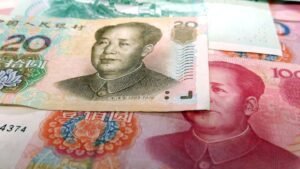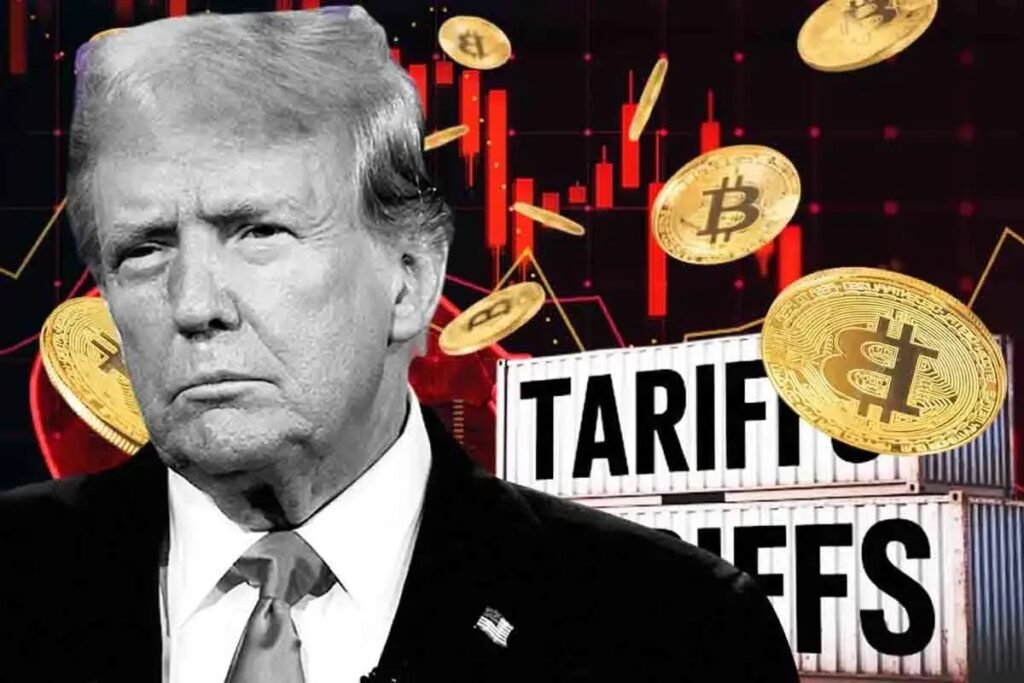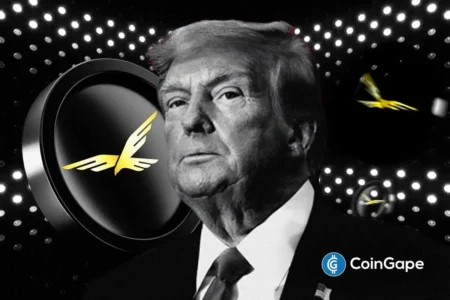Trump’s Tariff Announcement: Implications and Global Reactions
Introduction to Trump’s Tariff Threats
In a significant move poised to reshape international trade, U.S. President Donald Trump has announced a potential increase in tariffs on imports from various key trading partners, effective August 1. Targeting a diverse array of goods, the new tariffs will range from 10% to an eye-popping 70%, depending on the specific country involved. This bold action comes as the Trump administration nears a crucial deadline for negotiating new trade agreements, pushing nations to strike deals or face steep import fees.
Deadline for Negotiation
President Trump set a firm deadline of July 9 for nations to negotiate favorable trade terms with the United States, warning that failure to comply would result in significant tariff hikes. The White House initiated communication with nearly a dozen countries on the impending tariffs, emphasizing that the window for additional negotiations is rapidly closing. This announcement follows a previously enacted temporary 10% tariff during the initial negotiation phase, indicating a shift towards more aggressive economic policies as Trump’s administration seeks to recalibrate existing trade arrangements.
Impact on Global Markets
The impending tariff increases have caused ripples in global markets, raising alarms among economists and investors alike. Stock markets in Asia and Europe have begun to reel from the uncertainty surrounding these tariff announcements. Tariffs have the potential to escalate global inflation, as the burden of increased costs may ultimately fall on consumers. Industries such as technology, agriculture, and manufacturing, which rely heavily on international supply chains, stand to be particularly affected. Economists are warning that, despite the administration’s intentions, these tariffs could lead to increased costs for American consumers, potentially countering any economic benefits.
Countries Under Pressure
Countries such as Korea, Indonesia, Switzerland, and the European Union are among those in discussions with the United States, racing against the clock to finalize agreements. Although Trump has not disclosed the specific nations facing the highest tariffs, his remarks suggest that countries like Japan, which he has previously accused of exploiting trade relations, may be particularly affected. The administration’s aggressive stance highlights its willingness to leverage tariffs to secure more favorable trade terms, indicating a new era of trade negotiation strategies.
Negotiation Strategies and Threats
The ongoing negotiations with the European Union further exemplify the strategy employed by the U.S. leadership. Trump’s administration has indicated that failure to reach an agreement by the deadline could trigger immediate tariff implementations, a tactic aimed at intensifying pressure on negotiating parties. For instance, the threat of tariffs on EU food and agricultural products could disrupt trade flows and evoke retaliatory measures, thereby amplifying tensions between these economic powerhouses.
Conclusion: Future of U.S. Trade Policy
As the deadline approaches, the outcomes remain uncertain, marking a turning point in U.S. trade policy. The potential for significant tariff increases poses risks not only to the involved countries but also to global economic stability. The aggressive negotiating tactics employed by the Trump administration signal a willingness to radically alter existing trade frameworks, echoing broader themes of protectionism. Consequently, businesses and consumers alike should brace themselves for potential price hikes and shifts in market dynamics as the administration maneuvers through these complex international negotiations.
Ultimately, the unfolding events will play a crucial role in shaping the future of U.S. trade policy and its implications on the global stage.

















